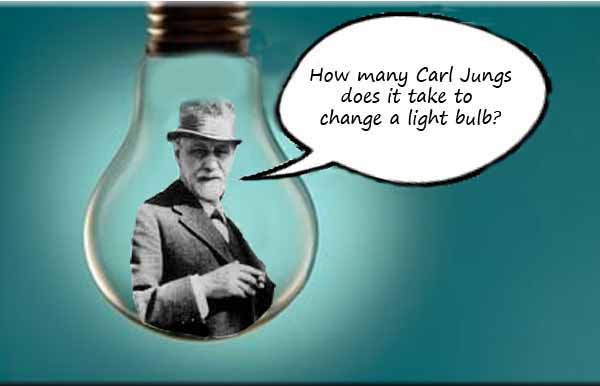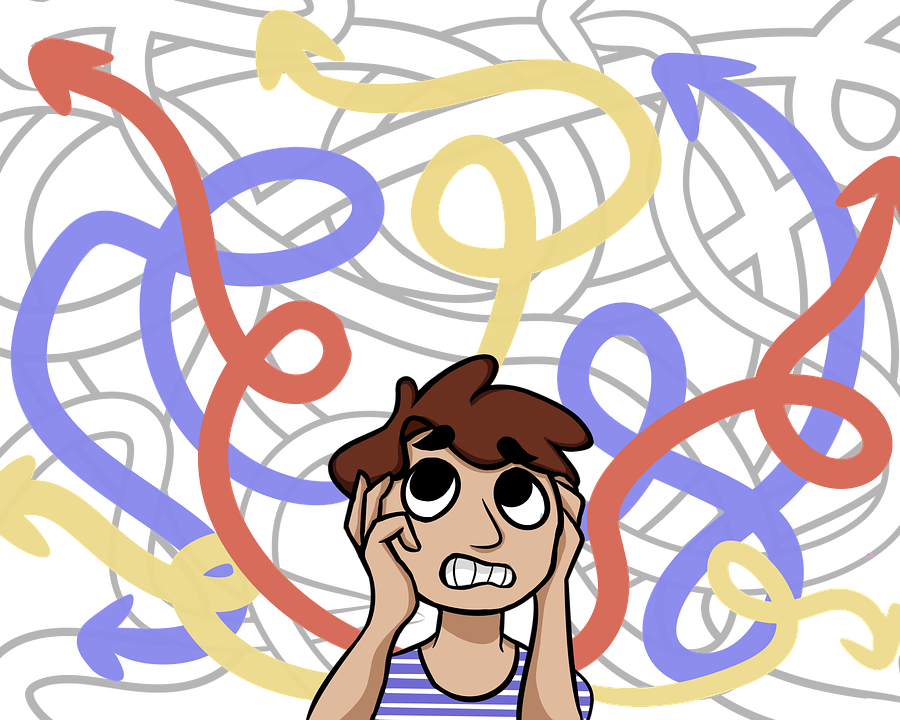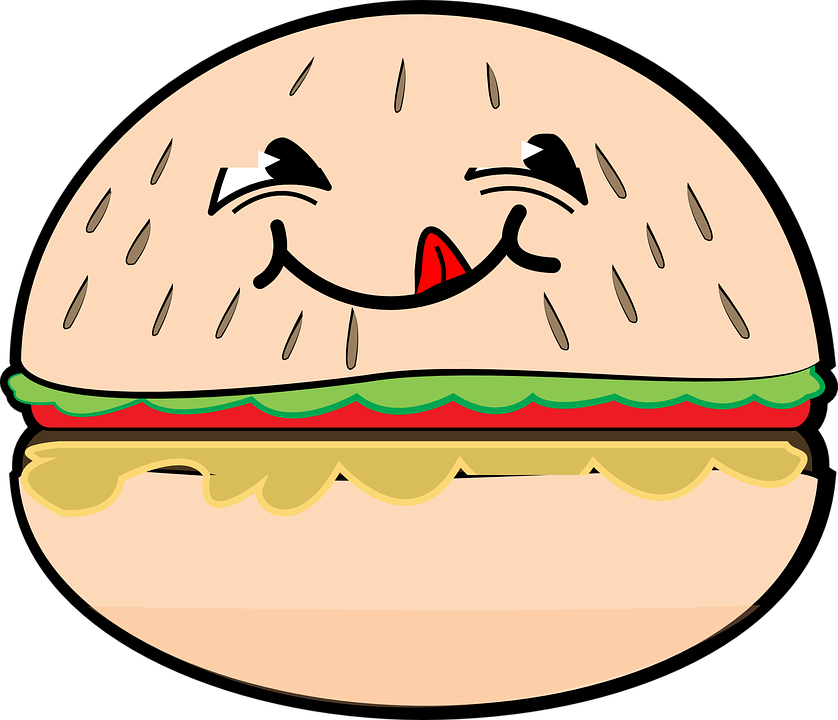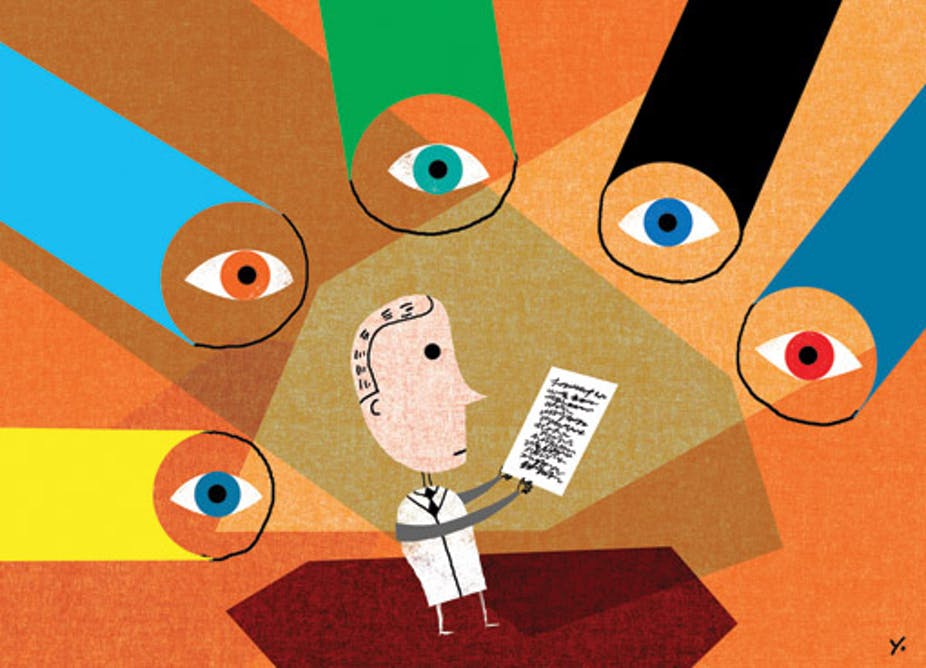“Never Use Wikipedia” can be found tattooed on every college professor’s syllabus. “It’s not a reliable source,” they say, arguing that you should instead select something that’s more scholarly–whatever that means. But let’s be honest. Where else are you going to go to read more about the life and times of Jean-Paul Marat or about that giant oceanic shrimp you heard about that punches other shellfish to death?
Safe to say, you’re probably not running Encarta ‘95 (Oh, and, if you are, we’d be happy to offer you complimentary landscaping services to help dislodge the giant rock you’ve been living under. Also, the Cubs won a world series, Donald Trump was elected president of the United States, and a lot of computers don’t even have CD-R drives anymore, so you’re going to have a hard time using said Encarta, along with all those original floppy disks for Where in the World is Carmen Sandiego?).
Anyway, don’t feel guilty. Everyone uses Wikipedia. It’s free. The articles are fairly comprehensive, and, frankly, with tens of thousands of people now contributing and moderating the site’s content every day, many of the key articles have become a lot more verifiable.
Of course, with more people using the site, you can bet there’s also a greater chance for something hilariously erroneous to slip through the cracks. In fact, numerous internet trolls will routinely sabotage certain articles just for yucks. Here’s a list of some great ones, by the way. One of our favorites: “The first rule of thermodynamics is you do NOT talk about thermodynamics.” There’s also this fantastic faux explication of everyone’s favorite rural myth:
“If you succeed in tipping a cow only partway, such that only one of its feet is still on the ground, you have created lean beef. Such a feat is well done. Naturally, being outside, the cow is unstable. When it falls over, it becomes ground beef.”
Still, you could say that prankish entries like these are exceptions to the rule, and you might be right 90% of the time. However, high-level dissertation help and thesis writing typically require a bit more epistemic certainty than that. For instance, when you click on that Wiki for Carl Jung, you never know who the last person to edit that particular article was. It could have been literally anyone. Maybe it was a Yale philosophy scholar with a penchant for primary sources and a lot of free time on her hands. Or, maybe, it was a some online armchair-captain with a half-finished GED who likes to insert non-sequitur errata about Star Wars canon into biographies of seminal philosophers: “Carl Gustav Jung was born on the spice mines of Kessel, far from the wookie planet of Kashyyyk.” You get the picture.
Academic discourse isn’t like a political debate with your cousin, a summary of your last fishing trip, or a negotiation with your local car dealer. When aloft on the high plane of academia, you have to get your facts straight–or else you’re not really doing it right. This means choosing sources that can pass the acid test of credibility that have become the standard for universities all over the world.
However, if you’re new to academic research, or if you feel like you’re still hazy about what a scholarly source is, never fear. After over a decade of providing students with dissertation consulting at every conceivable level, we have all the tools you need to navigate this part of the process. Are you putting together an annotated bibliography? Are you pulling your hair out over at 30-page literature review that you need to compile for your dissertation? Are you trying to find a foolproof way to convince your friend that the Earth isn’t flat? As you can imagine, we’ve seen it all and know exactly the standards of proof to apply when reviewing research.
You can always give us a call to talk about your project, and one of our representatives will be able to guide you through every step of how to go about backing up all of your claims with the right literature. We’re also happy to take on the bulk of the work on our end. As always, we consider ourselves teachers more than doers, and the best way to learn in the first place is by having a strong example delivered to you by someone in the know. This way, you’ll have what you need now–along with a model for how to do the work on your own for next time!
Of course, it might be tempting to put off proper sourcing. After all, this is only one component of your academic project, right? Maybe you can just take the hit and get by on the merits of your fine analytical mind, or maybe you’re hoping that you’ll be able to eke out approval for your work based solely on your sesquipedalian vocabulary.
Unfortunately, at the higher level, academic work doesn’t follow the same rules that allows so many students to skip over their challenges in grade school. Alas, you won’t find much leniency, especially when it comes to ensuring that your paper is backed by research.
When it comes to dissertation assistance and thesis writing, everything you do in terms of providing previous research is part of a system. In fact, you could even think of it as a solar system–with the sun being the source that illuminates all of the other surrounding features. If you remove the sun, every element of the system is thrown into chaos. Planets start colliding. It’s pitch black, and nothing is clear. Human sacrifice. Dogs and cats living together. Mass hysteria!
In other words, without quality sourcework, there’s no way to complete your degree. Having the right research (and knowing where to get it if you don’t have it) is the foundational element to all of your academic work. Education, after all, comes from the Latin aedificare, which means “to build,” and you can’t build anything without a solid foundation.
You also usually can’t build anything (unless you’re this guy) without someone there to help you. At least, it’s always a better idea to have someone by your side. This saves a lot of time (and tuition) in the long run, because, in our experience, many universities are more than happy to have you redo the work entirely from the ground up if you get anything wrong, and that’s not what you want. As a carpenter will say, “Measure twice, cut once.”
That said, there are a lot of rules of thumb you can apply right off the bat to make sure that you’re on the right track when it comes to using the proper sources. Here is a list of some of the most basic helpful tips to make sure that you’re sourcing like a true dissertation editor.
1. Where Did You Find Your Source?
One great way to figure out whether you have a reliable, scholarly source is to apply what we like to call The Bad Neighborhood Test. Treat looking for research like you’re going on a road trip with your family. Every time you click on a new site, it’s as if you’ve entered a new city or town. You’re the Chris Griswald of your own scholarly itinerary, and the whole thing depends on you.
As always, whenever you embark upon new research, just like someone on a road trip, you’re going to be headed into unfamiliar territory. You aren’t an expert in this particular area of research. Otherwise, you wouldn’t need to research it. This is terra nova. You’re a stranger in a strange land, and there’s a possibility that you could encounter something dangerous if you don’t keep your wits about you. You know that in the academic world, there’s nothing more criminal than lies and half-truths, because what you’re after on your journey is knowledge–Veritas, that old motto of Harvard. Thus, on our research journey, we need to stay out of high crime-rate areas, seeking out places in which we can place our trust.
Hypothetical aside, how do you typically know whether you’re in a bad neighborhood? Surely, you’ve been in this situation at some point before. You were driving around in a new city, and, suddenly, before you knew it, you stumbled upon an area that didn’t feel quite right. Of course, there was no sign to tell you that you were in a bad neighborhood. And it’s not as if your GPS pinged you with a notification that your chances of being mugged had suddenly shot up by 40%. No, your intuition simply told you that something was awry and that you had better get out of there.
In this case, your intuition was trained from years of lessons and observations, but we can do the same thing with academic work so that, next time you stumble upon a source that seems suspicious, you won’t even have to think about it. You’ll feel that something is wrong.
The first step to developing this ability is knowing the telltale visual signs of a bad neighborhood in the research world. If you’re using a website (which is how most researchers gather current sources nowadays), what does the website look like? Does it look clean and well-organized? Does it seem well-designed, as if it were created by people who knew what they were doing? Or does it seem amateurish? Is it a nightmare of cerulean backgrounds and neon comic sans fonts? In other words, does it look like it belongs back in 1995 with Encyclopedia Britannica?
If the latter, you might want to stay away, as these are all signs that the website was not professionally designed. While design isn’t always the best indicator of trustworthiness (as there are always plenty of good liars out there, especially with built-in web design tools like those in the GoDaddy suite available), it can provide a useful hint that you’ve entered a bad neighborhood for your research. Stay away!
2. Who Wrote This?
Look at the URL. Is it a .com, .edu, .org, .gov, or something else? The URL can tell you a lot about where your information is coming from and can thus reveal indications of potential bias. For instance, if a site is a .com, we know that the information comes from a company. Companies are, with very few exceptions, always self-serving when providing you with information.
For instance, let’s say you’re doing a qualitative analysis on the health consequences of a regular fast food diet. Do you think a fast food company website is going to be the best possible source of information for this study? Probably not, as any fast food company is going to have a vested interest in convincing more people to buy fast food. Thus, their bias should be taken into account–ruling them out as a scholarly source of information.
If you’re dealing with a .org website, you’re viewing information an organization has published. While this may seem to be a more credible source than a .com (and sometimes it is), keep in mind that organizations can also have biases and special interests that cause them to skew the facts. The most notorious example of this was www.martinlutherking.org (now defunct), which was so corrupt that we’ve long suspected it was conspiratorially designed as a teaching tool for students with questions about source credibility.
Created in 1999, and seemingly innocuous at first blush, this ostensible biographical webpage of the famous civil rights leader was actually published by the Neo-Nazi organization Stormfront to disseminate misleading information in line with a radical hate-based ideology. This site was up for years and even attracted a fair degree of media attention for just how diametrically opposed its messaging was to its web address’s nomenclature.
With a drab gray background and poor image quality, the site contained all the hallmarks of a bad research neighborhood. Thus, with careful consideration of the website’s layout, many people may have avoided the site. However, if the bad neighborhood test fails (or if you prefer to dig deeper, which you always should), think about who the author of the site is. Again, from the URL (.org, in this case), one can tell that the site was published by an organization. What is this organization? What do they stand for? What do they stand against? This information can often cue you in on whether a source is biased and, therefore, outside the scope of academic consideration.
Once you’ve considered the URL, you can turn your attention to the actual author of the material. Who, specifically, is writing this content? What is his/her background and what qualifications can you use to establish trust with the source? Does this person have a history of work within the field, or have they spoken with people who do?
If the source in question has been published on a news website (such as The New York Times), you can also look into the reputation of that particular news source. Does this resource have an established history of purveying credible information? Have they ever gotten in trouble for publishing something that was libelous or otherwise misleading? Does the news network have right-leaning or left-leaning political tendencies? Reputable newspapers and magazines can sometimes be used as a source in an academic setting. However, make sure to always look into the specific author (as well as the news organization itself) to ensure that you’re not at risk for spreading what has been labeled so notoriously as “fake news.”
3. Is it Peer-Reviewed?
At long last, we’ve reached the top of the pyramid in terms of overall reliability. As you may have suspected, peer-reviewed journals are among the most trustworthy sources of information, and, if you’re working on a project at the university level, you’ve probably already heard your instructors deliver a few homilies on this subject. But what exactly are peer-review journals, and why are the articles published in these publications more trustworthy than articles published elsewhere?
To start, the name says it all. In this case, “peer-reviewed” denotes the fact that these publications are being edited and produced by fellow experts within the field. So, whether you’re an anthropologist constructing an ethnography on the middle-aged skateboarders of Generation X or a psychologist writing a study on the traumatic effects of realizing that you’re never going to be Tony Hawk and that it’s time now to throw childish things like skateboarding dreams aside (please excuse me for a moment), you know that whoever is judging your work will be able to speak your language.
There are peer-reviewed publications for practically every discipline you can think of–which translates to a library of Alexandrian proportions. And each one of these journals is staffed by doctorate-holding professionals who curate all of the content. This means that–as opposed to, say, blog postings or the Wikipedia articles we discussed earlier–you can’t just publish anything you want willy-nilly. Everything has to pass through the editorial sieve. Of course, magazines and newspapers also have editors, but it’s very rare to find such a polymath, even at the prestigious New York Times, who would be qualified to judge both an article on the leadership qualities of tire manufacturing managers and on the paradigms of cultural Marxism within the Harry Potter franchise with equal dexterity.
Thus, with a peer-reviewed journal, you’re getting the dual benefit of 1. An editorial filter and 2. An expert filter, ensuring that all of the material being published passes a highly academic smell test before it can be disseminated. Now, does this mean that peer-reviewed journals always contain 100% bonafide, no-BS, true-facts? Of course not.
Don’t believe everything you read. In fact, one of the reasons peer-reviewed journals exist is so that experts in the field can contest and debate each other’s findings on a given topic. However, more than any other resource, peer-reviewed journals have the system of checks needed to grant their audience the guarantee that everything is as close to verifiable as possible. In other words, it’s as humanly close as we can get to determining what is known and what is not known.
Following this, you may wonder if all peer-reviewed journal articles are equal. If an article’s findings, for instance, have been disputed or debunked entirely, you might want to avoid citing them in your own research. One way to safeguard against this contingency is to cite only current research (say, from the last five years). Otherwise, you run the risk of relying on a source that (though scholarly and verifiable in its time) has since been outdated by new information.
Additionally, whenever you’re looking to cite scholarly research, and especially in the literature review, you should always seek out primary sources as opposed to secondary. What are primary sources? Well, do you remember playing telephone when you were a kid? The same principle applies to pretty much everything in human discourse. That is, if you want to refer directly to someone else’s research or ideas, you shouldn’t rely on an indirect source of information (i.e., someone who is discussing the original material). Always go straight to the source itself and avoid the possibility of becoming enmeshed in someone else’s misinformation.
Now that you know what to look for, where do you look? It’s not as if you can find the British Journal of Educational Technology hiding amid the trade paperbacks at Barnes & Noble. No, you have to refer to scholarly databases, to which your school most likely has access. These can be caches like JSTOR and EBSCO. Or, for the populist, there’s also Google Scholar, which is readily accessible to anyone with a browser.
If you’re an independent researcher, need some dissertation help, thesis help, or just want to get some consulting on how to compile the right sources, we’d be happy to provide you with comprehensive assistance.
Just give us a call anytime at 646.553.4730 or email us at info@precisionconsultingcompany.com for some one-on-one help with a dissertation consultant, a thesis writer, or even a statistician. Our experts in statistics, literature, and qualitative research and analysis will be happy to assist, whether it’s through an editing service or through a qualitative analysis of your current topic to find relevant sources that we can use to render dissertation help. Basically, think of it as having your own private dissertation coach, free for consultation anytime you need it.






